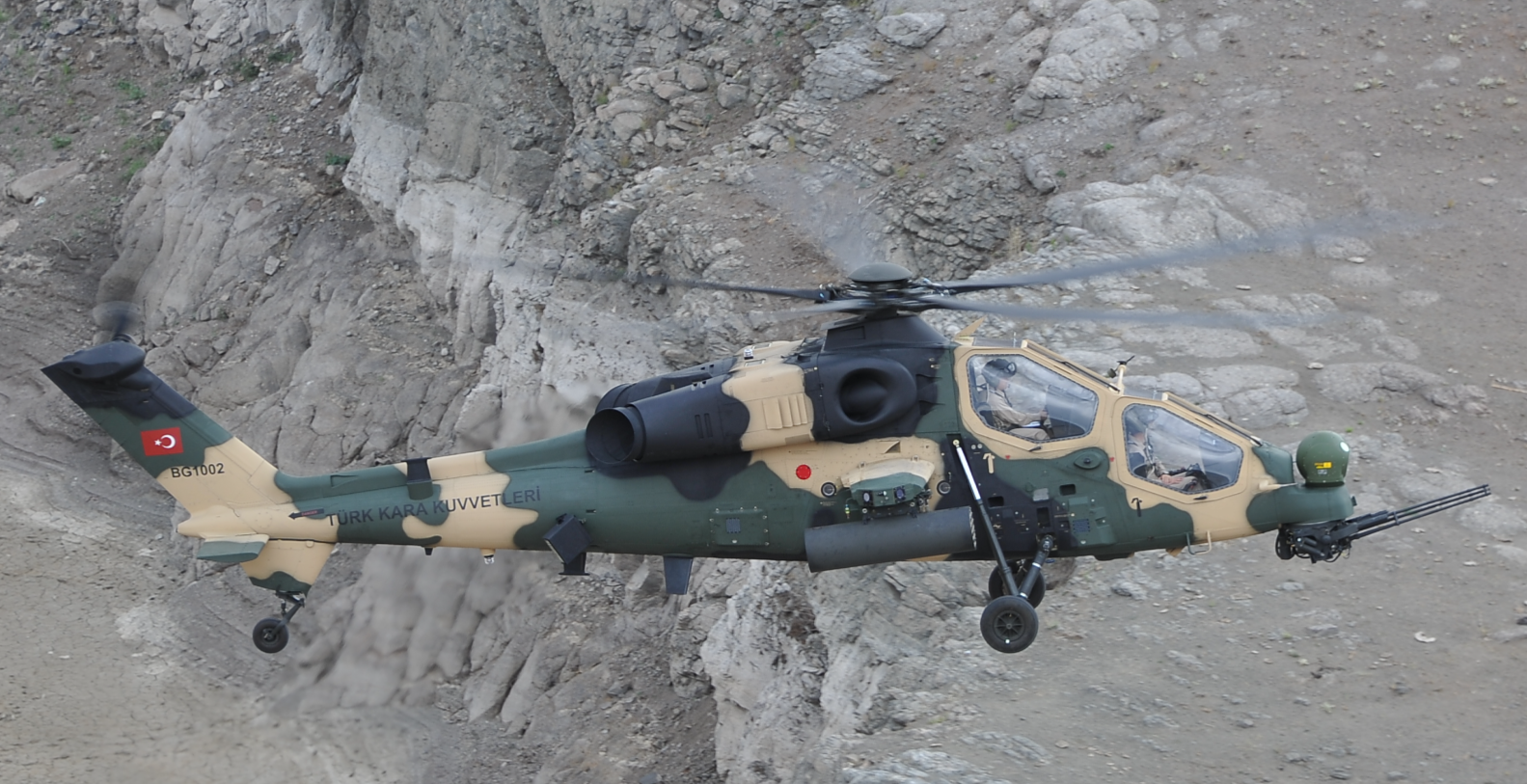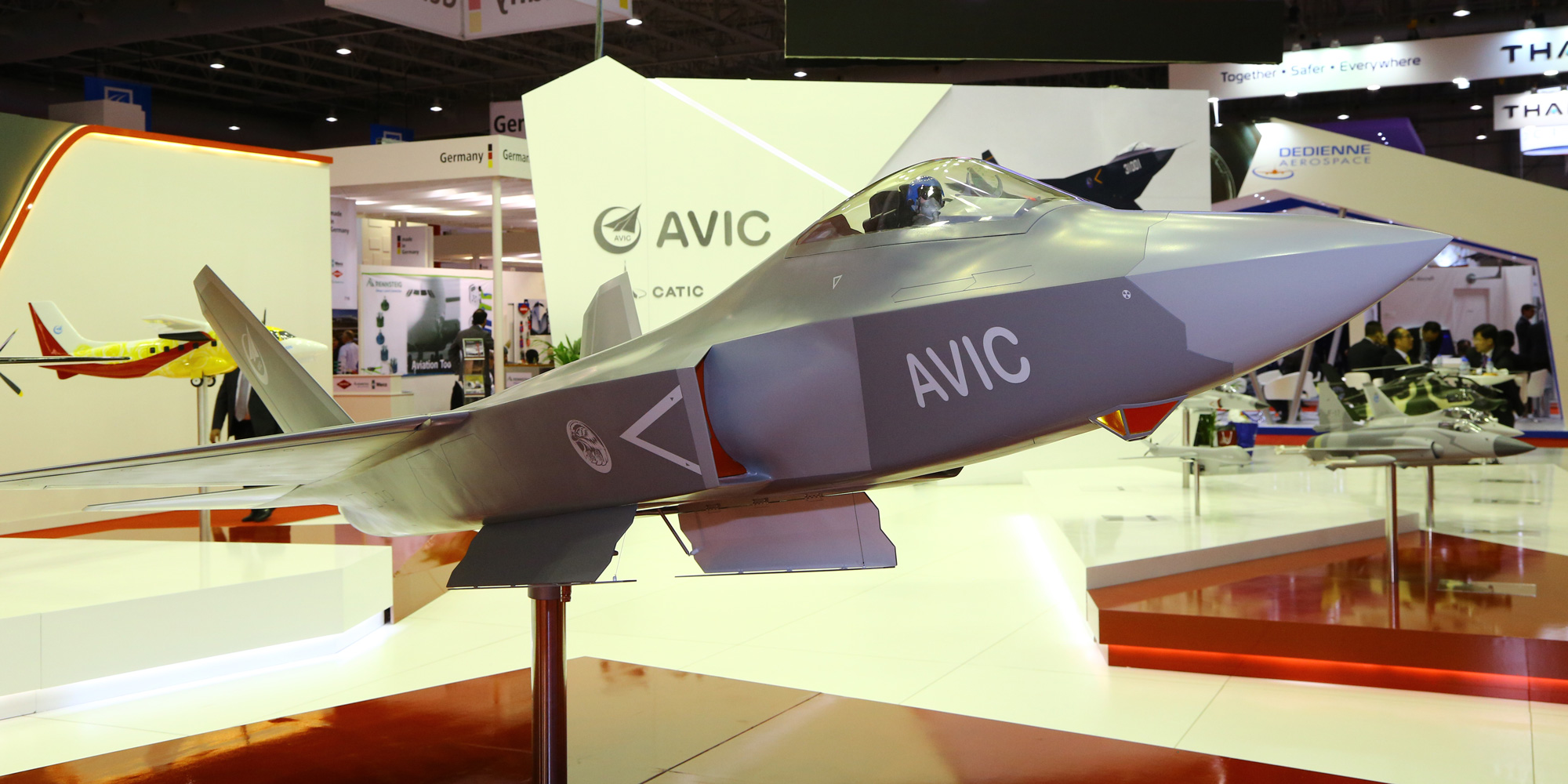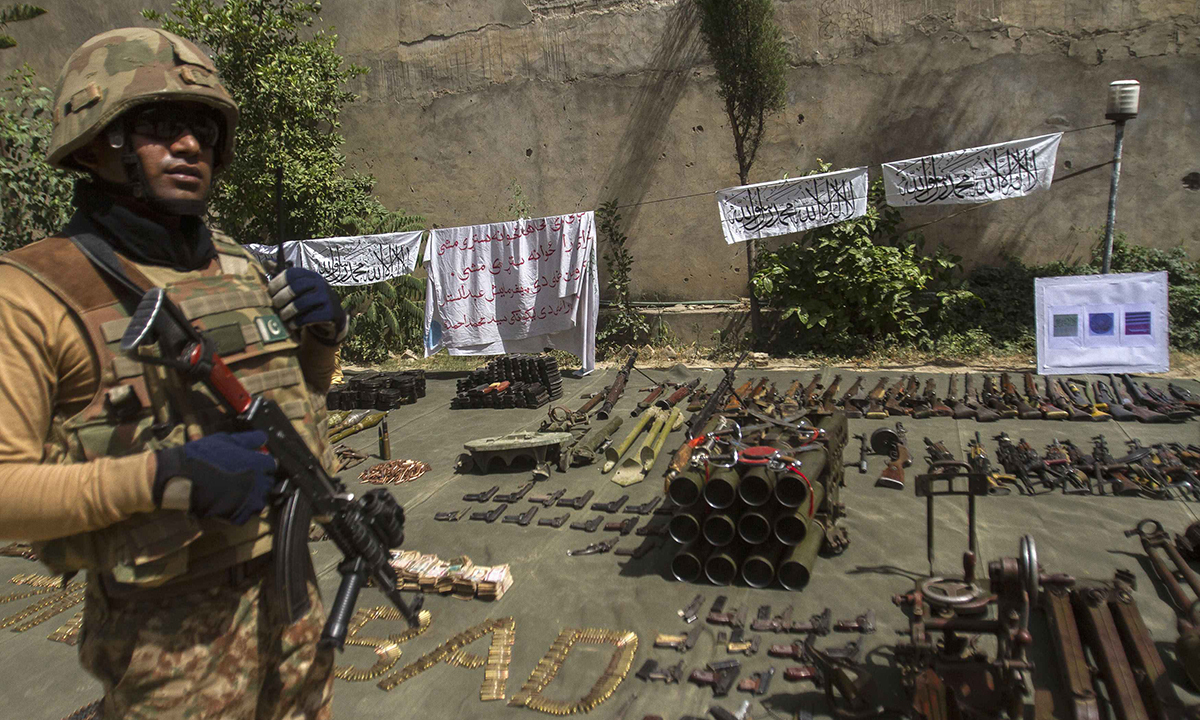45Views 25Comments

Pakistan to begin negotiations for T129 attack helicopters from Turkey
Pakistan will reportedly commence formal negotiations for the T129 ATAK attack helicopter from Turkish Aerospace Industries (TAI).
According to aviation journalist Alan Warnes (via Monch Verlagsgesellschaft mbH), both sides are aiming to announce a deal, which could involve 30 aircraft, by the end of 2017 or early 2018. Turkish officials told Shephard Media that Pakistan was interested in the T129, but numbers have not yet been agreed upon.
This follows a year of active interest from Pakistan, beginning with trials in June 2016, when the Pakistan Army put the T129 ATAK (i.e. P6) through rigorous hot-and-high performance tests.
The P6 was flown at Pano Aqil when it was 50° Celsius. It was also flown at high-altitude at 14,000 feet in the Hindu Kush in the Himalayas. Endurance tests included a 480 km non-stop from Quetta to Multan.
In February, TAI’s General Manager Dr. Temel Kotil stated in a speech to the İstanbul Düşünce Vakfı (i.e. Istanbul Though Foundation) that TAI “will sell [T-129s] to Pakistan in the coming months.” Dr. Kotil also confirmed that Turkey acquired licenses to export the T129’s CTS800 turboshaft engine.
At IDEF 2017 in May, TAI and PAC had signed a memorandum-of-understanding (MoU) committing to expanding cooperation. At the end of May, Dr. Temel Kotil, visited PAC and reiterated TAI’s commitment to enable PAC to manufacture parts for the T129. PAC may also assemble T129 ATAKs.
Last week, the Pakistan Army’s Chief of Army Staff General Qamar Javed Bajwa made an official visit to Turkey, where he met with TAI and inspected TAI’s T129 production site.
Pakistan also has 12 AH-1Z Viper and four Mi-35P Hind attack helicopters on order from Bell Helicopter and Russian Helicopters, respectively. The first three AH-1Z and all four Mi-35P are scheduled to arrive in Pakistan by the end of 2017.
The T129 is an upgraded variant of the AgustaWestland A129 Mangusta, which flew in 1983 and entered production that year for the Italian Army. Derived from the A129CBT, the T129 benefits from an uprated engine (i.e. LHTEC CTS800-4A), airframe modifications as well as new tail rotor and drive train.
Turkey selected the T129 in 2007 with manufacturing and third-party export rights. Aselsan, Roketsan and Havelsan developed weapons and subsystems for the T129.
Notes & Comments:
The Pakistan Army evaluated the T129 and Z-10 as part of a ‘plus-one’ requirement for attack helicopters to complement the forthcoming Bell AH-1Z. Although a program for the Pakistan Army Aviation Corps (PAA), the program apparently drew interest from the Pakistan Air Force (PAF) and Pakistan Navy as well.
In an interview with MSI Turkish Defence Review during Pakistan’s biennial defence exhibition IDEAS, the Deputy Undersecretary for Defence Industries (SSM) Mustafa Şeker said “The vehicle is required by the Pakistan Army, Navy and Air Force. Thus, all three services are involved in the process [of evaluating the T129].” In effect, the ‘plus-one’ attack helicopter may have been slotted to have a significant impact: from forming an industry link to PAC, expanding the PAA’s Aviation Combat Group to potentially making attack helicopters available to subsets other than the Army’s infantry and armour.
In comparison to either the T129 or Z-10, the Bell AH-1Z is the larger helicopter, especially in terms of payload where it can carry 16 anti-tank guided missiles (ATGM) in comparison to the eight ATGM-load of the T129 and Z-10. Pakistan took delivery of three Z-10s from China in late 2015. It had appeared that the Pakistan Army would procure the Z-10, but it is apparent that the Z-10 batch was in place for assessment. Alan Warnes reported (via Monch) of “strong speculation” of the three Z-10s in Pakistan no longer flying.
If the T129 order is inked, it would result in an acquisition roadmap of 46-49 modern attack helicopters – i.e. 12-15 AH-1Z, 30 T129 and 4 Mi-35P (a new version of the Mi-35M). Although this is similar in size to the Pakistan Army’s current fleet of AH-1F/S Cobra attack helicopters, the new fleet is vastly more capable. This is a result of integrated electro-optical and infrared (EO/IR) turrets, integrated countermeasures and fire-and-forget ATGMs, such as the AGM-114R Hellfire-II and Mizrak (UMTAS).
The potential fleet composition would result in a high (AH-1Z) and low (T129) format. Though the AH-1Z is the more capable machine, the T129 would benefit from greater numbers and a local supply channel, resulting in a broader operational impact. The Mi-35P, while also an attack helicopter, can provide troop and cargo lift, making it an asset for hot-zone insertion and extraction.
This attack helicopter fleet may grow in the long-term. When Pakistan ordered its four Mi-35P, IHS Jane’s reported that the Pakistan Army could acquire up to 20 aircraft, though Russian diplomat Zamir Kabulov said that Pakistan is aiming for 10-12 Mi-35Ps. In terms of the T129, Pakistan’s pursuit for local parts manufacturing – and potentially assembly – at PAC could point to long-term fleet expansion.
Granted, linking PAC into the T129 could be viewed as TAI’s attempt to make the T129 more affordable for Pakistan, namely by providing PAC with continual exports of T129 parts and allowing Pakistan to invest some of the expense domestically (i.e. offsets). However, with PAC engaged in co-producing the T129, Pakistan would have the incentive to gradually expand its T129 fleet. Small annual batch orders of over a period of 10-15 years would amount to a sizable fleet (mirroring, albeit at a smaller scale, the PAF’s approach to inducting the JF-17 Thunder).
This would scale transfer-of-technology and maintenance infrastructure costs, but also provide the Army with a means to build its native close air support (CAS) coverage. A large attack helicopter fleet will enable the Army to take the lead on providing CAS coverage for itself, freeing the PAF’s fighter assets to focus on air defence and stand-off range strikes. This would be applicable in counterinsurgency (COIN), where PAF assets have been relied upon to provide strikes against fixed installations and time-sensitive targets, as well as in conventional anti-armour and infantry support operations.
Aselsan, Roketsan and Havelsan would have opportunities to expand activities in Pakistan through the T129. Aselsan is the principal supplier of the T129’s EO/IR turret, avionics and countermeasures suite. The Roketsan Mizrak ATGM is among the T129’s main weapons. Havelsan developed a complete simulator suite for the T129. Pakistan may have the incentive to tie sales from these companies to commercial offsets, particularly in the form of investments in or partnerships with Pakistani companies.


